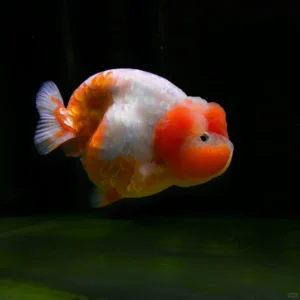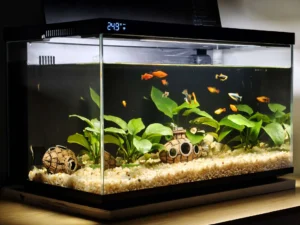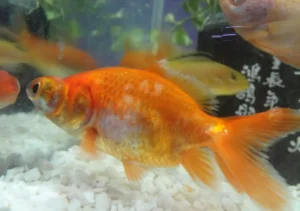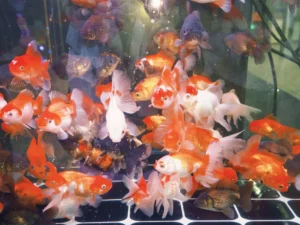Ranchu goldfish are round, adorable, and full of charm, which is why many fish lovers first enter the world of fishkeeping after seeing these cute, chubby goldfish. However, raising Ranchu properly is not easy. Compared to other goldfish breeds, Ranchu are considered more delicate. In this guide, we will walk you through the essential care tips for keeping Ranchu healthy and happy.
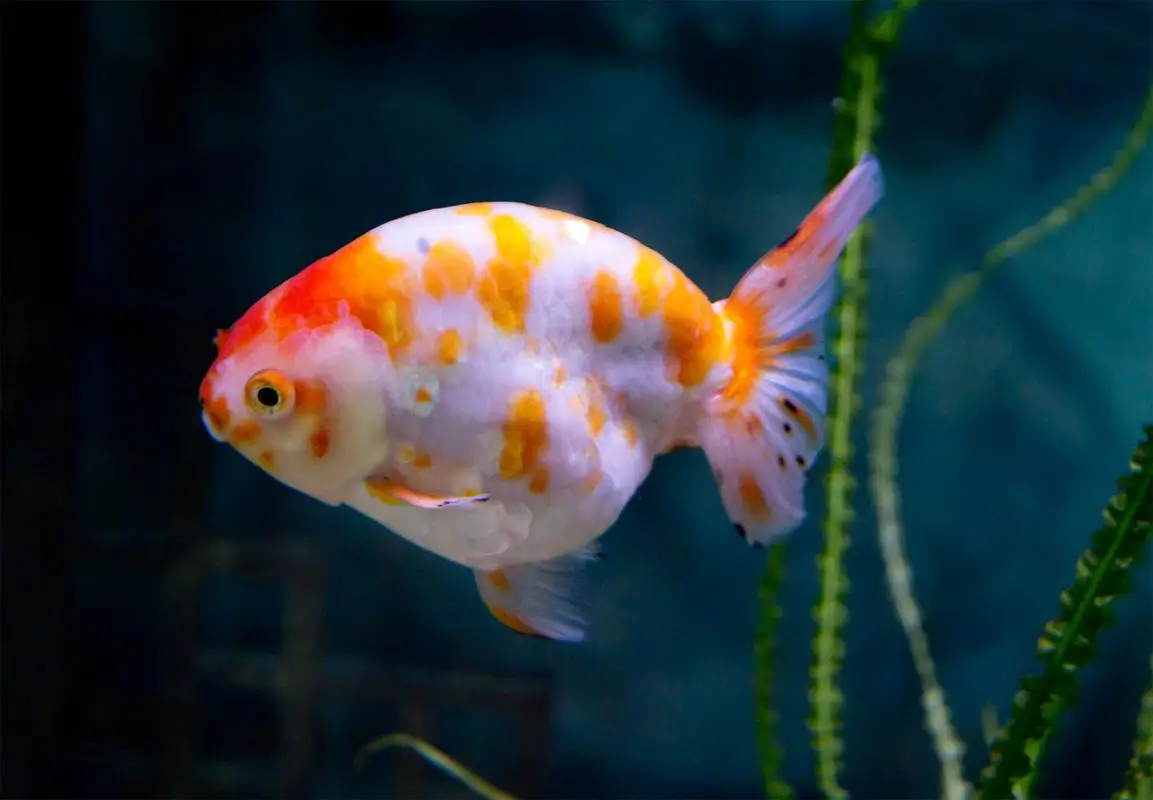
1. Basic Introduction
The Ranchu is a member of the carp family (Cyprinidae) and belongs to the crucian carp genus. It is an egg-shaped variety of goldfish, known for having no dorsal fin and a rounded, plump body. When raised well, Ranchu become even more adorable with their soft, pudgy appearance.
2. Fish Tank Requirements
An adult Ranchu typically grows 20–30 cm in length. Due to their size, they need a fish tank of at least 60 liters or more. If you start with baby Ranchu, you will need to upgrade the tank as they grow. A larger swimming space allows Ranchu to develop properly, while a small tank can stunt their growth.
Ranchu are classified as “top-view” goldfish, meaning they look more beautiful when viewed from above. This makes them especially suitable for ponds or shallow bowls, which also provide lower water levels that benefit Ranchu, as they have no dorsal fin.
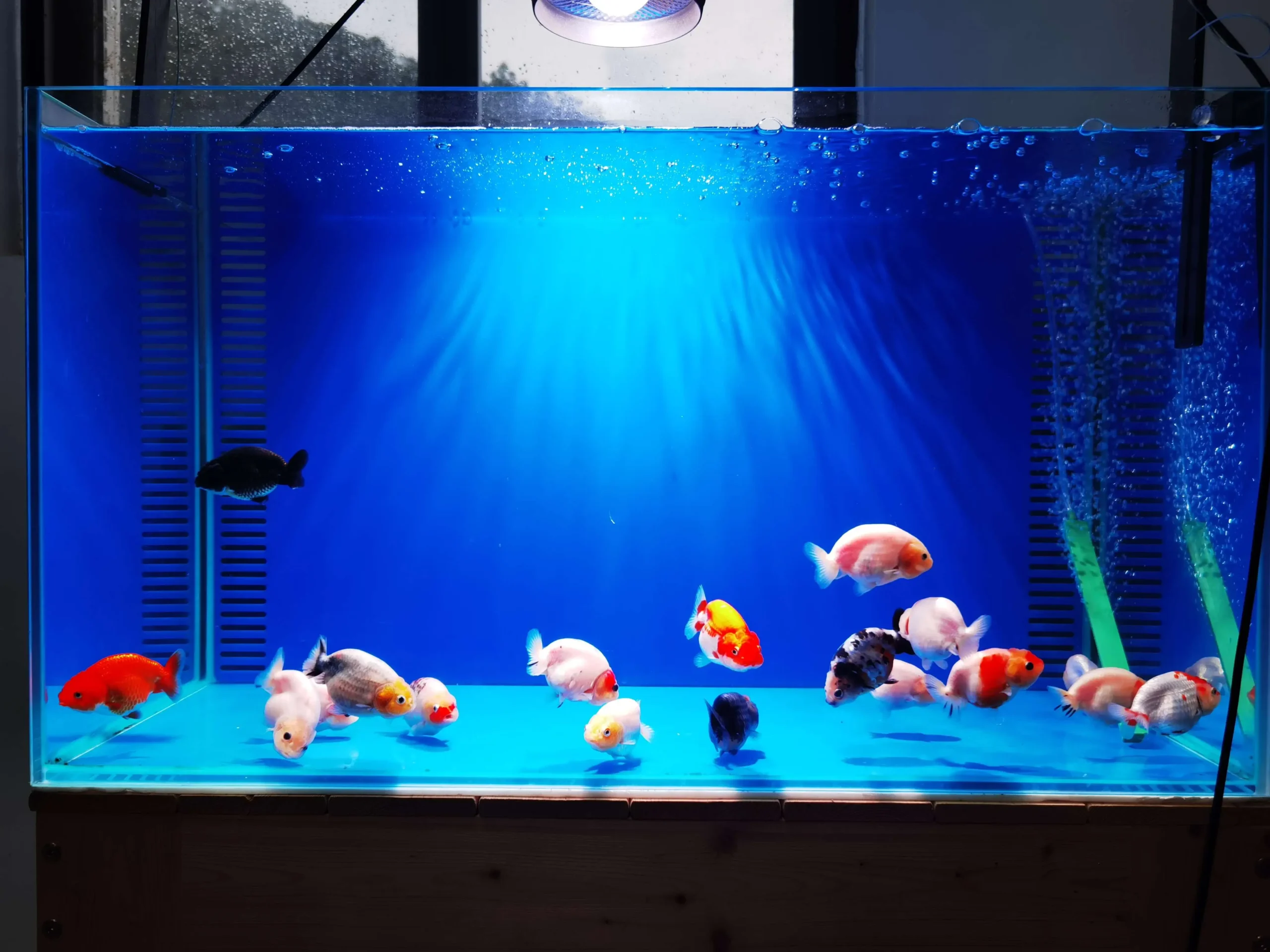
3. Water Depth
During the growth stage, Ranchu should not be raised in tanks with very deep water. A depth of around 45 cm is recommended for young fish. Deeper water can cause problems such as poor head growth, floating issues, or difficulty swimming.
For adult Ranchu, water depth can be increased to 50–60 cm. Many hobbyists prefer shallow water for Ranchu, but if you only have a deep aquarium, maintaining stable water conditions can still keep them healthy.
4. Water Temperature
Although Ranchu are often referred to as coldwater fish, they do not thrive in very low temperatures. At lower temperatures, Ranchu become less active because they try to conserve energy. The ideal temperature for Ranchu is around 25°C (77°F).
Maintaining a stable temperature is crucial. Sudden changes in water temperature can stress Ranchu and lead to illness. Always use a heater to keep the water consistent, especially in regions where day and night temperatures vary greatly. Seasonal transitions, such as autumn, are when Ranchu are most prone to disease.

5. Water Quality
Ranchu are not overly demanding when it comes to water quality. They actually prefer “mature” water. Slightly cloudy water is not harmful to them, and harder water is even better. Properly conditioned tap water is usually sufficient. Compared to tropical fish, Ranchu are less sensitive and do not require extremely strict water parameters.
6. Feeding Ranchu
Ranchu will happily eat a variety of foods, including bloodworms, pellets, algae, and even aquatic plants. Like all goldfish, they have a strong appetite and no sense of fullness, so it is important to feed them carefully. Overfeeding can cause bloating or even death.
For busy fishkeepers, feeding once in the morning and once in the evening is enough. If you have more time and want to grow your Ranchu larger, you can feed smaller meals up to four times a day. Remember the rule: feed little but often.
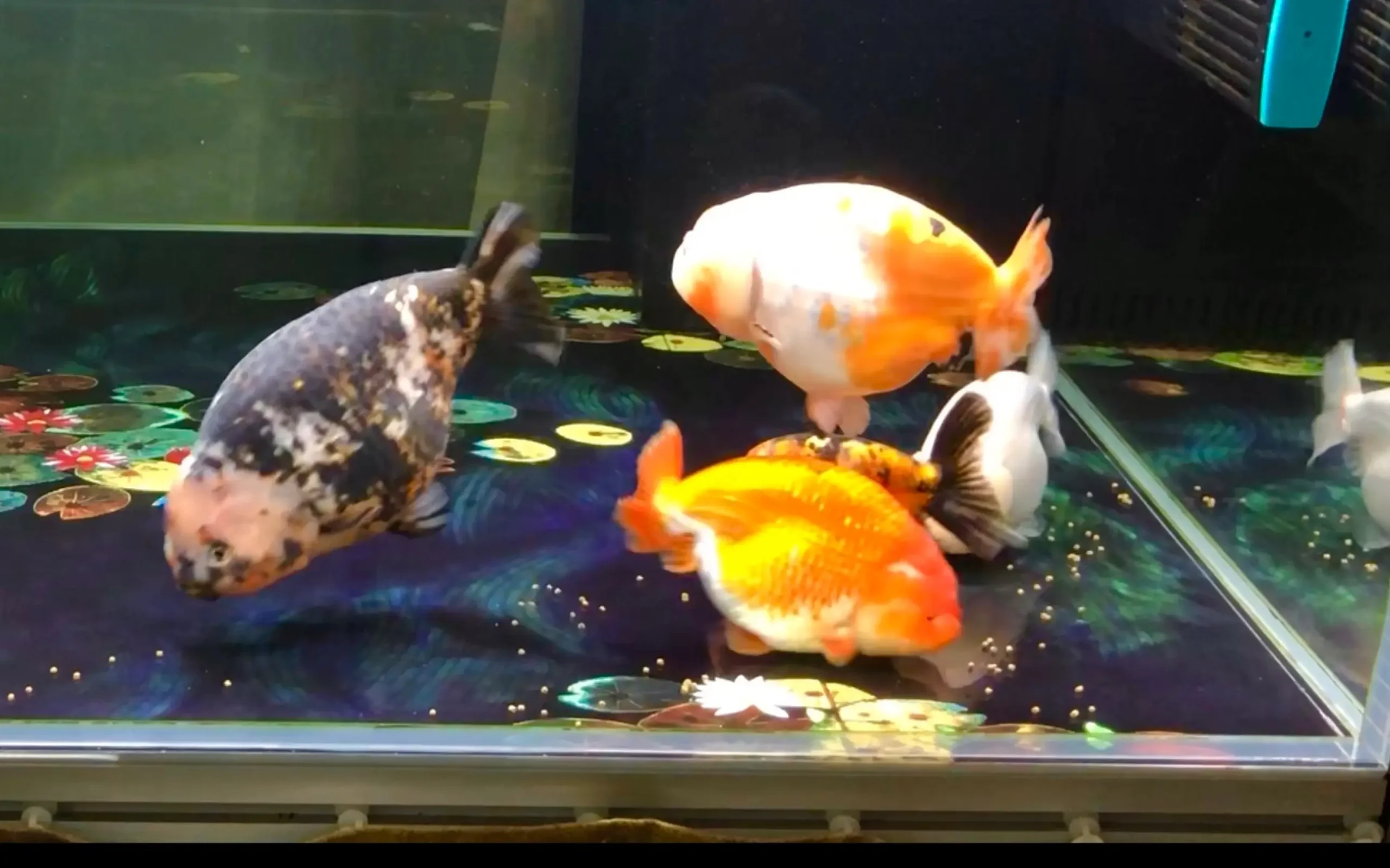
7. Water Changes
Since Ranchu like older, stable water, you should not change water just because the tank looks slightly cloudy or green. Sudden full water changes can shock Ranchu and cause stress.
Instead, only change about one-third of the water at a time. Always match the temperature of the new water to the tank water. Pouring cold water directly onto the fish can cause discomfort or health problems.
8. Filtration and Waste Management
Goldfish are known for producing a large amount of waste, and Ranchu are no exception. A strong filtration system is essential, along with extra filter media and beneficial bacteria to handle the heavy bioload.
Tip: Ranchu feces are usually thick and long. Observing their waste can also give you clues about their health.
9. Swim Bladder Issues
Ranchu are prone to swim bladder problems. Symptoms vary: some may float to the surface, others may sink to the bottom, while some struggle to maintain balance.
Common causes include:
- Water that is too deep
- Overeating or indigestion
- Poor water quality
Solutions:
The best first step is improving water conditions. A clean and well-filtered tank allows many swim bladder issues to heal naturally. In some cases, feeding adjustments or medical treatment may be required.

Final Thoughts
Ranchu goldfish are charming but require attentive care. By providing the right tank size, shallow water depth, stable temperature, proper feeding, and a strong filtration system, you can help your Ranchu thrive. Although they may be more challenging than other goldfish, their unique beauty and personality make them worth the effort.

